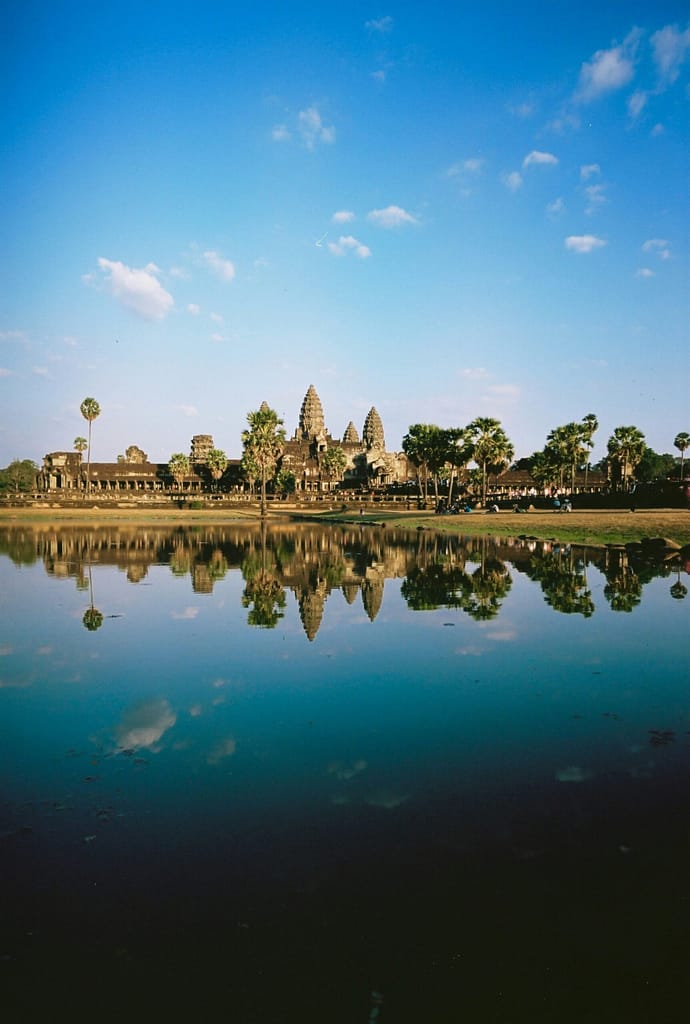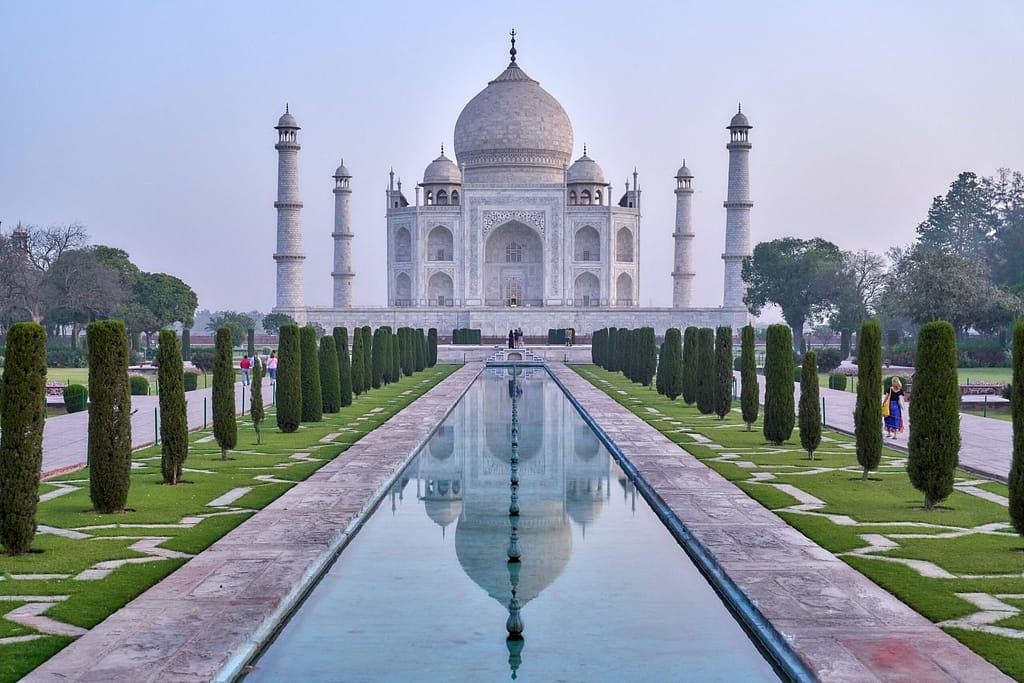Angkor Wat, the magnificent temple complex nestled in the heart of Cambodia, has captivated the world with its awe-inspiring beauty and rich historical significance. As we delve into the annals of time, we uncover the enigmatic origins of this architectural marvel.
The People Behind the Masterpiece
The masterminds behind Angkor Wat were the Khmer people, who ruled over the Khmer Empire during its zenith from the 9th to the 15th century. These visionary architects and artisans poured their creativity and devotion into crafting a sanctuary that would stand the test of time.
The Khmer people, known for their advanced understanding of engineering and mathematics, meticulously designed Angkor Wat as a symbolic representation of Mount Meru, the mythical abode of the gods in Hindu mythology. The temple’s five towers, intricately carved bas-reliefs, and sprawling galleries are a testament to their exceptional craftsmanship and spiritual reverence.
Awe-Inspiring Architecture
Angkor Wat’s architectural grandeur is unparalleled, with its harmonious blend of intricate carvings, towering spires, and expansive courtyards. The temple’s design reflects the Khmer people’s deep connection with the cosmos and their quest for spiritual enlightenment.
The central temple complex, surrounded by a vast moat, is accessed through a series of ornate gates, each adorned with mesmerizing stone carvings. The main temple structure, rising majestically above the surrounding landscape, is a testament to the Khmer’s ambition to create a celestial realm on Earth.
Within the temple’s walls, visitors are greeted by a labyrinthine network of galleries, adorned with bas-reliefs that depict scenes from Hindu epics such as the Ramayana and Mahabharata. These intricate carvings not only showcase the Khmer people’s artistic prowess but also provide valuable insights into their religious beliefs, social customs, and historical events.
The Mysterious Abandonment
Despite its grandeur, Angkor Wat’s glory days eventually came to an end, and the temple complex was abandoned in the 15th century. The reasons behind this enigmatic desertion have puzzled historians for centuries.
One prevailing theory suggests that a combination of factors, including political instability, environmental changes, and the decline of the Khmer Empire, led to the gradual abandonment of Angkor Wat. As the empire’s power waned, maintenance of the temple complex became increasingly challenging, and the once-thriving city surrounding the temple was gradually reclaimed by the jungle.
Another theory proposes that a shift in religious beliefs, with the Khmer people embracing Theravada Buddhism over Hinduism, played a significant role in the temple’s abandonment. As the religious landscape changed, Angkor Wat lost its central place in the spiritual and political life of the Khmer people.
The Rediscovery and Preservation
Angkor Wat lay hidden beneath the dense foliage of the Cambodian jungle for centuries, until its rediscovery by French explorer Henri Mouhot in 1860. Since then, efforts have been made to preserve and restore this architectural marvel, ensuring that future generations can marvel at its splendor.
Today, Angkor Wat stands as a testament to the ingenuity, creativity, and spiritual devotion of the Khmer people. Its intricate architecture, captivating carvings, and mystical ambiance continue to inspire awe and wonder in all who visit.
As we unravel the mysteries of Angkor Wat, we gain a deeper appreciation for the Khmer people’s legacy and their enduring contribution to the world of art and architecture.
So, embark on a journey through time and immerse yourself in the captivating history of Angkor Wat, a testament to the indomitable spirit of human creativity and ingenuity.






